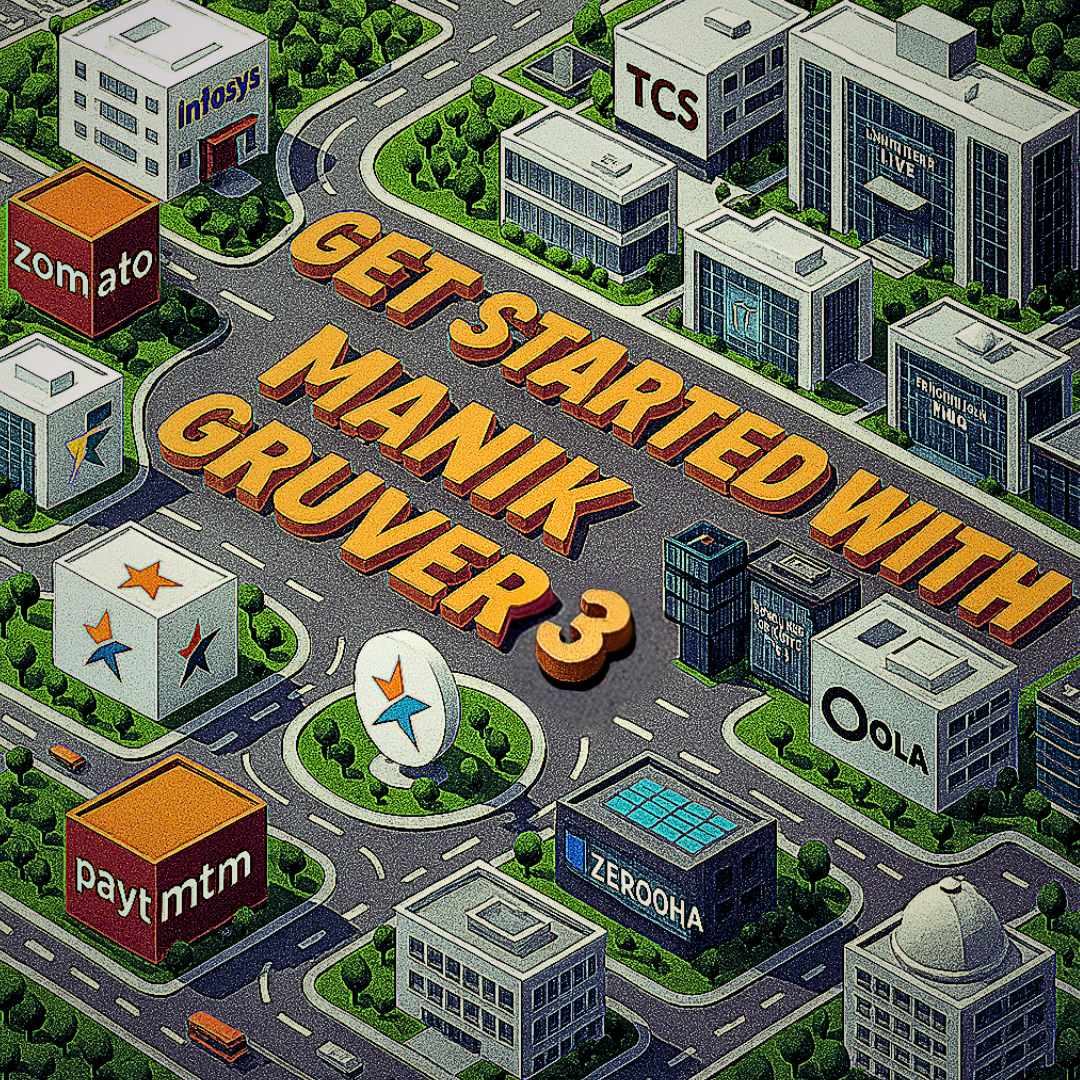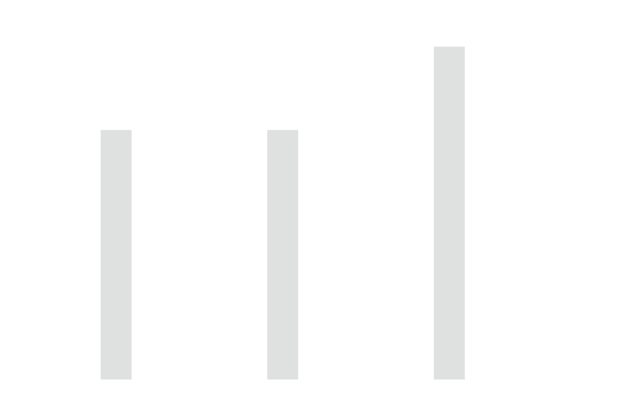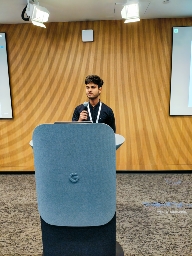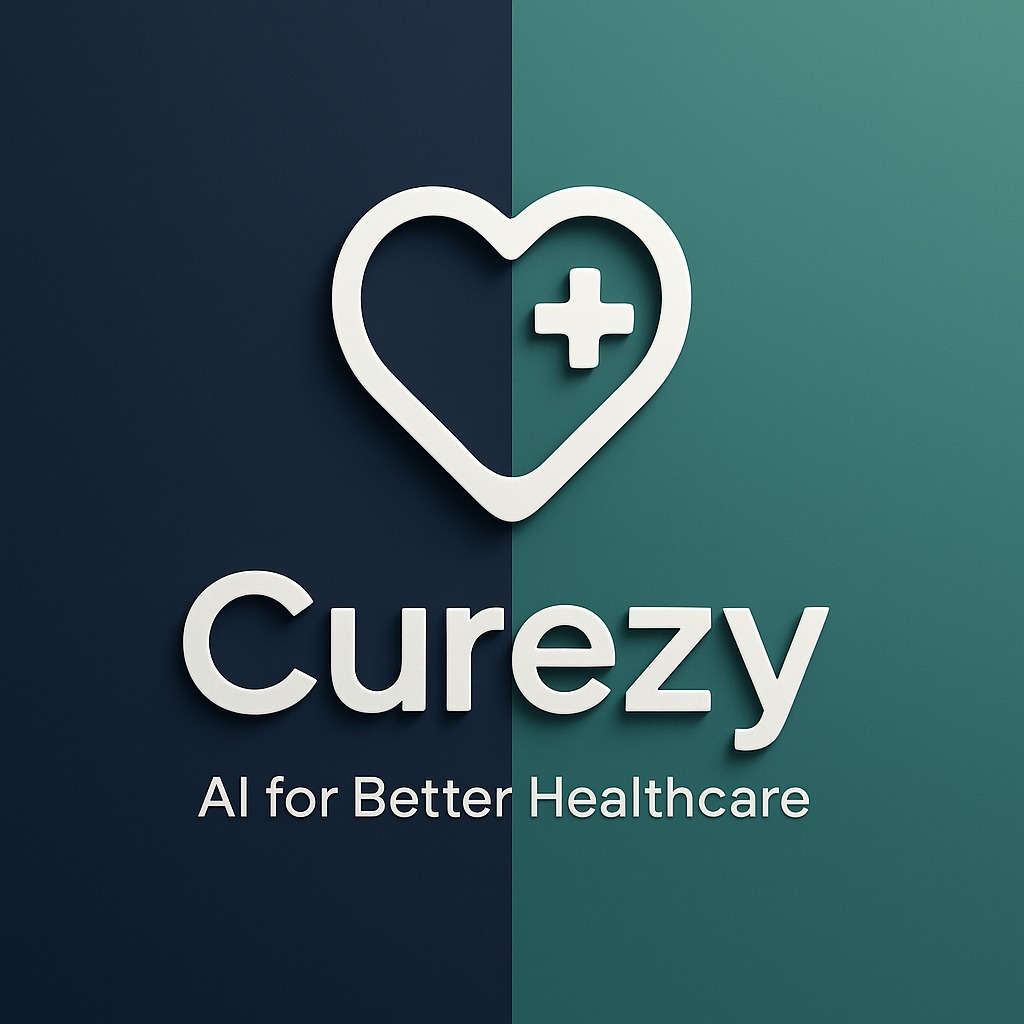Back
Tarun Suthar
CA Inter | CS Execut... • 4m
⁉️Is Your Startup Solving a Real Problem - or Just Building a Product? ‼️Are You Building Features or Solving Frustrations? ❌ Startups Don’t Die Because They Lack Solutions --- They Die Because They Misunderstand the Problem!! Most startups don’t fail due to bad execution or weak technology. They fail because they build for the wrong problem. ✨️ In the 3rd "Get Started" Session with Manik Gruver, the Spotlight was on the Problem statement --- The true foundation of any startup worth funding or scaling. Investors don’t just want to know what a startup is solving. They want to understand: ❓️Why it matters? ❓️Who feels the pain? ❓️How often it occurs? ❓️What happens if it's ignored? When the problem is misunderstood, everything built on top of it is at risk - the solution, the GTM, the roadmap, even the vision. ⚠️ Startups aren’t built on features. They’re built on frustrations. And if the core friction isn’t named, validated, and deeply understood - traction becomes luck. 🧭 Startup Evaluation Lens: Problem First, Always ⏳️The session began with a practical case study: Quick Commerce. Many founders assumed the problem was "speed of delivery" But the actual user behaviour reflected a lack of planning __so on. As a result, solving a non-recurring, non-critical, and non-scalable problem led to poor retention, broken unit economics, and high burn This clarified the importance of diagnosing the root problem -- not just reacting to visible symptoms. ✅ Problem Evaluation Framework -- From the Session Here’s the structured lens used to assess whether a startup is solving a valuable, scalable problem: 1️⃣ Consequence of Problem -- What happens if this problem isn’t solved? Is there loss of money, time, energy, or opportunity? 2️⃣ Efficiency Increase -- Does solving this make something significantly faster, cheaper, or easier? 3️⃣ Cost Reduction - Can it eliminate recurring costs or replace more expensive processes? 4️⃣ Complexity - Is the current system messy or inefficient? High-friction environments = high opportunity. 5️⃣ Frequency / Recurrence - Does this problem happen daily, weekly, or occasionally? High-frequency problems create sticky products. 6️⃣ Scalability - Is this problem relevant across Tier 1, 2, and 3 cities or even globally? 7️⃣ Mandatory Nature Is solving this problem a must-have or nice-to-have? Will the user pay, churn, or suffer if it goes unsolved? 8️⃣ Growing Demand - Is the problem intensifying due to tech, market shifts, or macro changes? 9️⃣ Urgency - Is there a ticking clock to solve this? Urgent problems convert faster and have higher retention. 🔁 Problem-Founder Fit Drives Resilience Teams that deeply understand the problem aren’t just chasing product-market fit. They’re building from problem-founder fit. This isn’t just about passion. It’s about an obsession with a root issue. When the founder is solving something they’ve lived, studied, or deeply validated. They don’t pivot at the first sign of friction. They push through, because they know the problem is real. 🚫 Zoom Into the Problem - Not the Product The most common mistake early-stage teams make is obsessing over UI, features, and solution design before fully understanding the problem space. This session reframed that mindset. Building prematurely often leads to waste. Instead, the goal is to stay in the problem space long enough to de-risk the build process. -- ⚙️ First Principles Thinking: Evaluating Problems. One mental model discussed in the session was Elon Musk’s First Principles Thinking - Not just for engineering, but for startup thinking. Here's how it applies step by step: 🚀 Question every Assumption and Requirements - What if the core hypothesis is wrong? 🚀 Break the problem into fundamental truths - What’s really broken in the current system? 🚀 Reconstruct from the ground up - What would the ideal solution look like if built today? 🚀Automate and optimise at the end - Don’t build tech until the friction is real and validated This approach helps eliminate fluff, reveal root issues, and ensure that what’s being built actually matters. 🔚 Final Reflection Early-stage teams don’t need more features. They need more clarity. 💡 Clarity about who they’re solving for, why it matters, and how often the pain recurs. 🔥 Evaluating the problem isn’t just a discovery phase. It’s the first real test of a startup's future. ✨️ When the problem is real, the market pulls the solution. When it’s misunderstood, the startup pushes until it burns out. ⚡️ Start with the problem. Stay with the problem. Build only when the need is undeniable. 🧩 _________ My POV - Start Questioning Every Aspect of the Problem. :)

Replies (25)
More like this
Recommendations from Medial
Tarun Suthar
•
The Institute of Chartered Accountants of India • 7m
How to calculate your Total Addressable Market (TAM)❓️ Market Size: 9 out of 10 Startups are doing it wrong 😐 It is not: ❌️ The total size of the problem ❌️ The TAM of your competitors ❌️ The size of the entire industry Example: Wrong Marke
See More
Sameer ahmed
Founder & CEO of Hyg... • 9m
Most founders in EdTech focus on the wrong problem. They think tech will change education. It won’t. Students don’t need another app. Teachers don’t need another dashboard. They need a system that works the way learning actually happens. At HyggeX
See MoreRiyaz Saleem
Growth Marketing Hea... • 9m
Did you know 70% of startups fail because they don’t understand their Target market size or adoption rate? To set yourself apart, you need to define what problem your product or service is solving and understand the size of your target market. Kno
See MoreDownload the medial app to read full posts, comements and news.






































